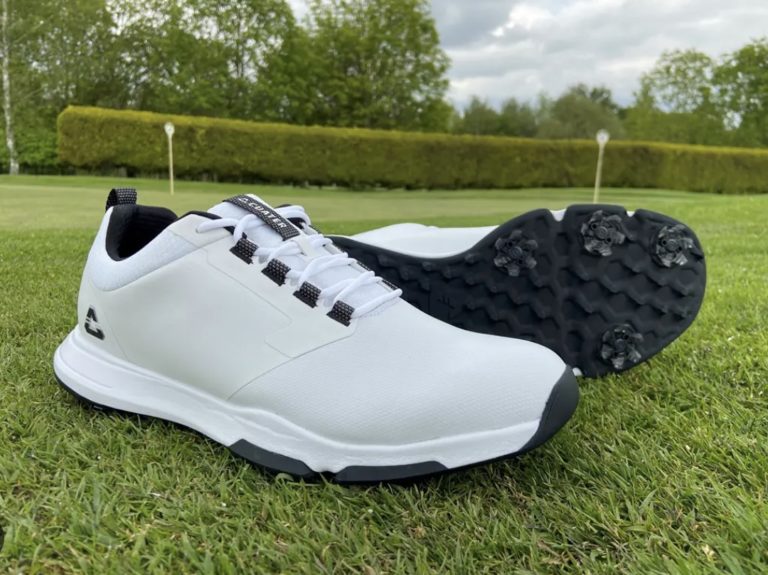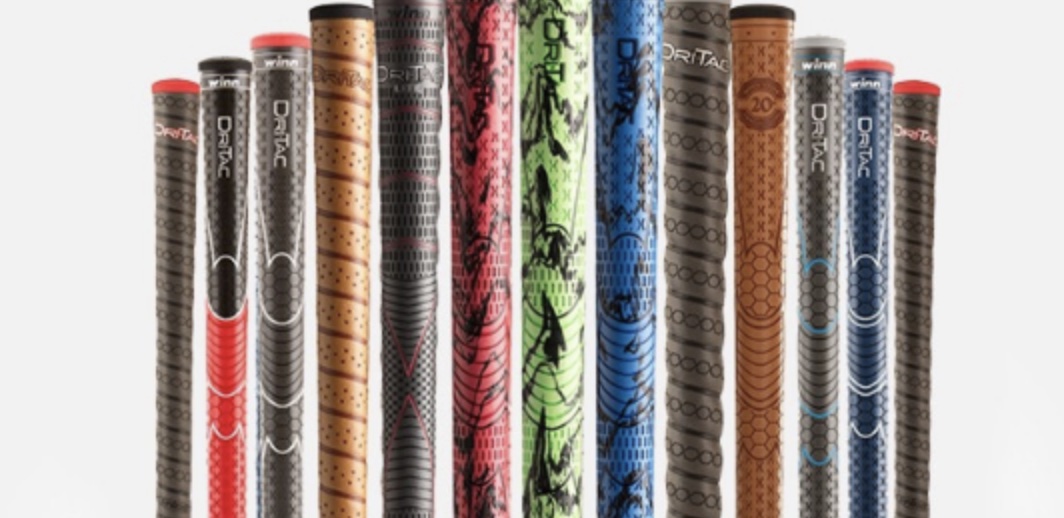
DIY Golf Club Grip Replacement: A Step-by-Step Guide
Have you ever felt like your golf club is slipping in your hands during a crucial swing? The culprit could be your worn-out golf club grips. Fear not! This comprehensive guide on golf club grip replacement will walk you through the process of regripping your clubs, ensuring better control, reduced grip pressure, and improved performance on the course.
Key Takeaways
- Replacing your golf club grips every 40 to 60 rounds can significantly improve performance, control and accuracy.
- New golf club grips provide improved control, reduced grip pressure and increased confidence for a more enjoyable round of golf.
- With the right tools and materials you can successfully regrip your clubs with ease for optimal performance on the course!
The Importance of Golf Club Grip Replacement
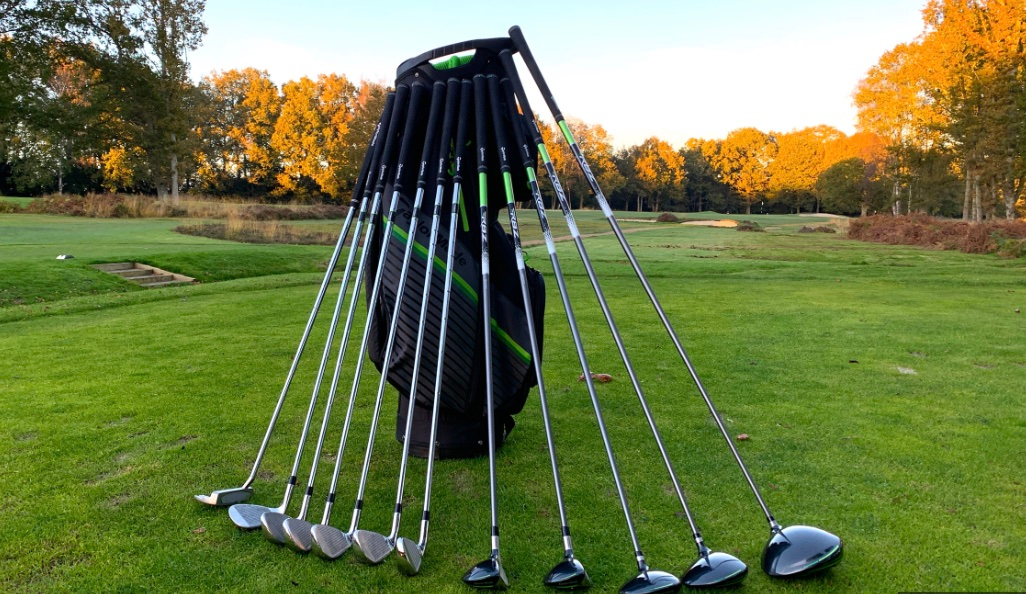
Your performance on the course is significantly influenced by the condition of your golf club grips. Worn grips can impact your control, leading to inconsistent swings and reduced accuracy. Generally speaking, grips should be replaced every 40 to 60 rounds, depending on use and wear. Regripping your clubs not only helps you maintain a consistent grip, but it’s also cost-effective in the long run, as you’ll need to replace them less frequently.
New grips give you an edge, especially in damp and wet conditions. Golf Pride, for example, offers a wide variety of golf grip options designed for superior control and reduced grip pressure, resulting in increased accuracy and distance. Upgrading your worn grips can truly enhance your golfing experience and transform your performance on the course. It’s time to replace golf grips and experience the difference.
Performance Impact
Worn golf club grips can lead to poor control and increased grip pressure, causing inconsistent swings and a decline in your overall game performance. Replacing old grips with new ones offers the following benefits:
- Restores the tacky feel
- Enhances club control
- Reduces grip pressure
- Promotes consistent swings
Don’t let your worn grip hold you back – investing in new grips can be a game-changer.
Benefits of Fresh Grips
Fresh golf club grips offer a multitude of benefits, such as improved control, reduced grip pressure, and a confidence boost knowing you’ve got a secure grip on your club. With new grips, you’ll notice a significant difference in the way your clubs feel and perform, leading to a more enjoyable and successful round of golf.
Rubber grips, for instance, offer a pleasant experience throughout your swing, ensuring that your grip stays firm and confident.
Preparing for Grip Replacement

Gathering the necessary tools and materials is a crucial step before beginning the process to regrip golf clubs. With the right equipment, you’ll be well on your way to breathing new life into your golf clubs and enhancing your performance on the course.
We’ll now delve into the necessary tools and materials for a successful grip replacement.
Essential Tools
To ensure a smooth regripping process, you’ll need a few essential tools: a utility knife or hook blade for removing the old grip, and a vice to securely hold the club in place while you work.
A hook blade is especially useful for graphite shafts, as it minimizes the risk of damaging the shaft during the removal process. Remember to use these tools with care and always ensure the club is firmly held in the vice to avoid any accidents.
Materials Needed

In addition to the essential tools, you’ll need:
- Grip tape
- Double-sided tape
- Grip solvent
- New golf club grips
Double-sided adhesive tape is perfect for regripping, as it will securely attach the new grip to the shaft. When you need additional support, using extra tape can provide the desired stability.
When selecting grip tape, consider the thickness to achieve a consistent result across your entire set. Lastly, grip solvent is crucial for sliding the new grip onto the shaft easily, ensuring a seamless installation.
Removing the Old Grip
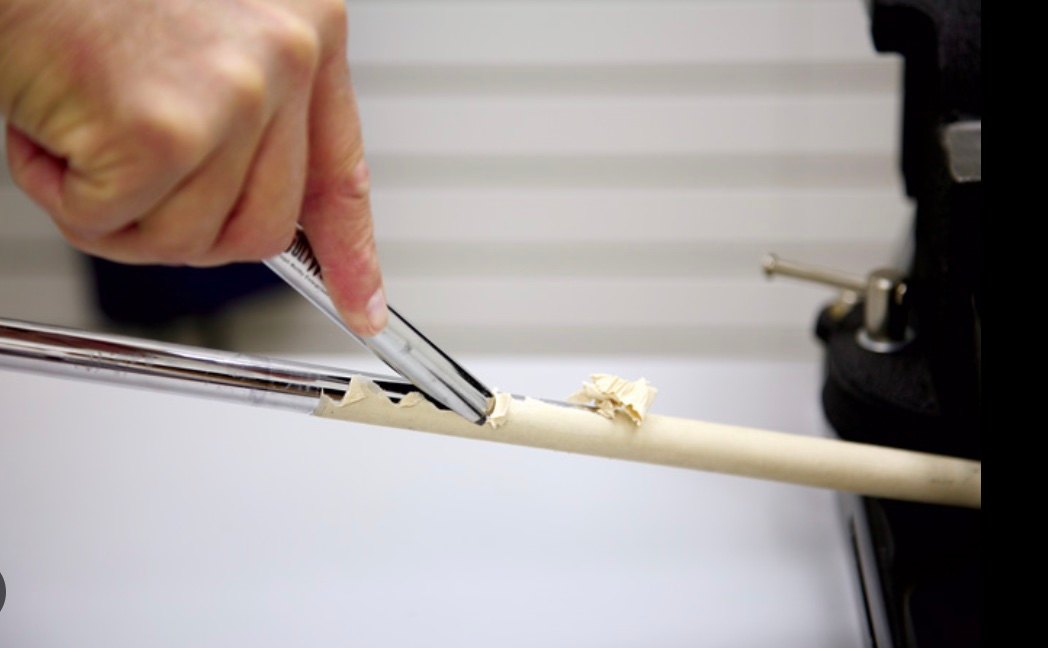
Once you’ve prepared your tools and materials, you can start removing the old grip. Removing the old grip is a vital step to secure correct and secure installation of the new grip.
Follow these steps to safely remove the old grip without causing damage to your golf club.
Securing the Club
Start by securing your golf club in a vice or clamp, maintaining an efficient workspace and protecting the club from potential damage. Make sure the club is held firmly in place to prevent any accidents during the grip removal process.
This will allow you to focus on the task at hand, such as placing your golf tee, without worrying about damaging your precious clubs.
Cutting Off the Old Grip
To cut off the old grip, follow these steps:
- Use a hook blade utility knife or a straight blade. If you’re working with a graphite shaft, opt for a hook blade to minimize the risk of damaging the shaft.
- Gently cut underneath the lip of the grip.
- Pull back on the utility knife, or cut away from yourself with the straight blade.
Slice the grip length-wise all the way up to the butt end of the grip for a smooth and effortless removal.
Cleaning and Prepping the Shaft
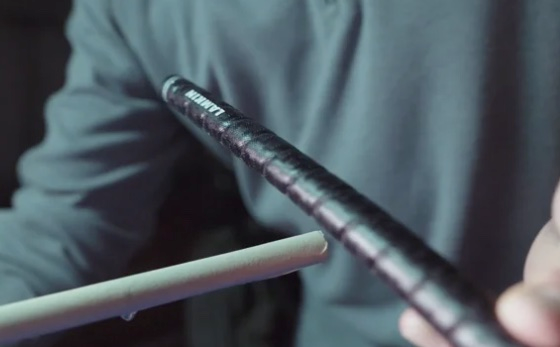
Now that the old grip has been removed, you can proceed to clean and prep the shaft for installing the new grip. This step is crucial to ensure the new grip adheres securely to the shaft, providing a smooth and consistent grip diameter.
Removing Residue
Start by removing any remaining grip tape and adhesive residue from the shaft. You can use a putty knife or razor blade to effectively scrape off the residue. If you’re having trouble, heating the old grip tape with a heat gun can make it easier to remove.
Once you’ve removed all the residue, wipe the shaft with a cloth and rubbing alcohol to ensure it’s free of dirt or debris.
Applying New Tape
Secure the shaft by applying double-sided tapes in a spiral pattern. This will provide a strong hold. Start at the top of the shaft and wrap the tape around, ensuring the entire surface is covered. Keep in mind that the length of the tape can be just as long as the length of the grip, making re-gripping a breeze.
In most cases, the tape strip can be up to 1” shorter than the grip itself, which is perfectly acceptable.
Installing the New Grip
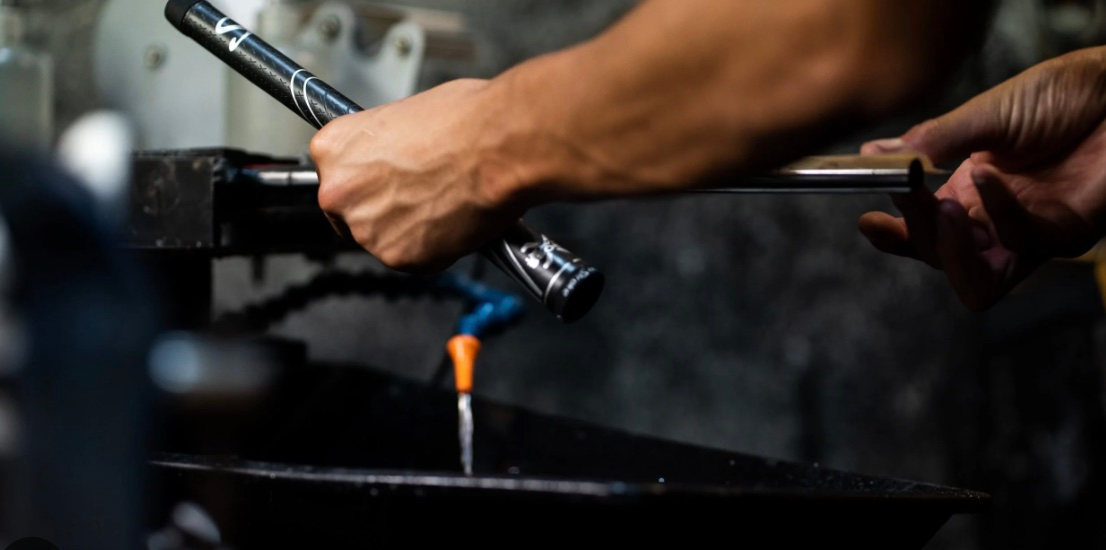
With a clean and prepped shaft, you can proceed to install the new grip onto your golf club shaft. Follow this detailed guide to ensure a correct and secure installation, giving you the confidence to swing away with ease.
Start by cleaning the shaft with a damp cloth. This will remove any dirt or debris that could
Coating with Solvent
Before sliding the new grip onto the shaft, coat the inside of the grip with grip solvent to ensure a smooth installation. You can apply the solvent using a clean cloth or sponge, spreading it evenly inside the grip.
The grip solvent will help the new grip slide onto the shaft effortlessly, ensuring a seamless installation.
Sliding the Grip Onto the Shaft
To slide the new grip onto the shaft, follow these steps:
- Place the grip over the shaft butt with the alignment pattern facing up.
- Firmly squeeze the open end of the grip.
- Confidently push the grip onto the club, ensuring it’s fully seated.
Once the grip is in place, tap the end of the grip on the ground to ensure it’s secure. Make any necessary adjustments to the grip’s alignment before the grip solvent dries.
Drying and Curing Time
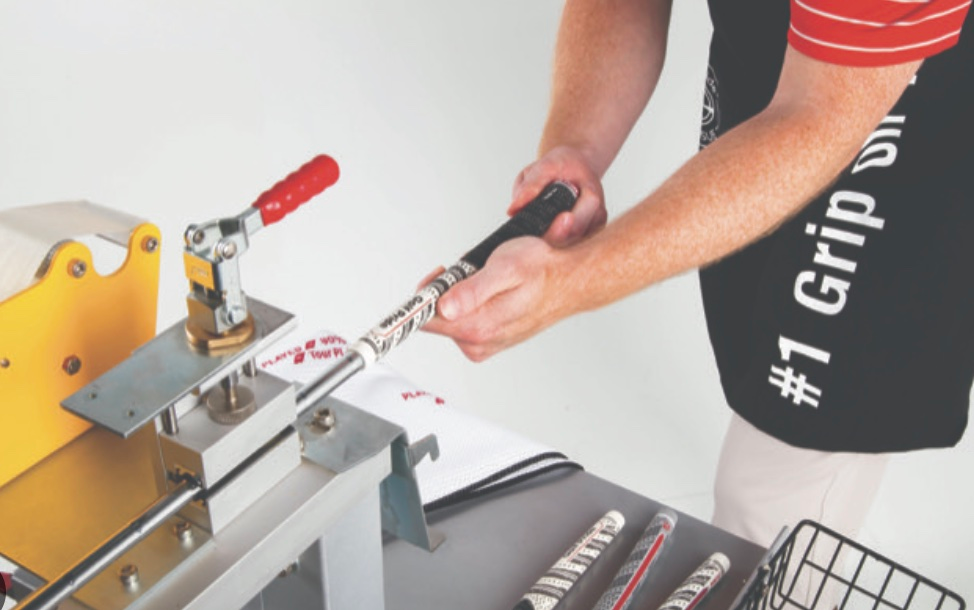
Once the new grip is installed, it is important to let it dry and cure properly before using the club. This ensures the grip is secure and won’t slip, thus improving the performance of the club and your overall game.
Recommended Drying Time
While the recommended drying time for a golf club grip can vary, it’s generally suggested to wait at least 12 hours before playing with the re-gripped club. This allows the grip to fully adhere to the shaft, ensuring optimal performance and a secure grip throughout your round.
Patience is key – you’ll be back on the course in no time!
Proper Storage
During the drying process, store your clubs in a cool, dry area to ensure they’re kept in optimal condition. Keeping your clubs in a dust-free environment and wrapping them in plastic can also help preserve the new grip.
Following these storage tips will ensure your clubs are ready for action when the drying process is complete.
Choosing the Right Grip Size and Type
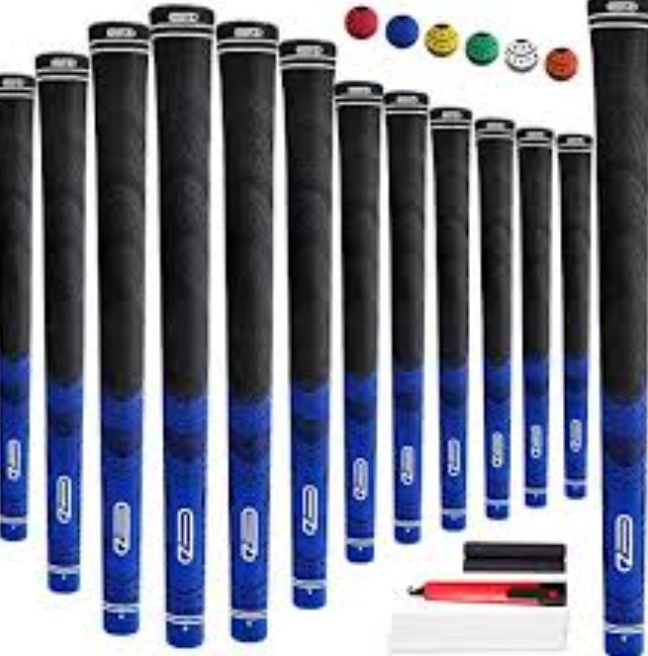
Choosing the right grip size and type for your golf clubs significantly contributes to your performance and comfort on the course. We will guide you through selecting the appropriate grip size and type, considering your individual preferences and hand size.
Grip size is determined by measuring the circumference of your left hand (for right-handed
Grip Size Considerations
When determining the right grip size, consider factors such as:
- Comfort
- Hand size
- Grip pressure
- Control
- Personal preference
Measure the distance between your palm and fingers to ensure there’s enough space for a comfortable and secure grip.
Choosing a grip size that feels comfortable and allows for proper control and stability during your swing is essential for achieving optimal performance.
Types of Grips
There are various grip types available, such as rubber, corded, and wraps, each offering unique benefits. Rubber grips provide a pleasant experience throughout your swing, while corded grips offer superior traction and moisture-wicking capabilities.
Wraps bring a classic leather look into the modern game with a high-tech leather-look substitute that adds a touch of style to your clubs. Ultimately, the grip type you choose should be based on your personal preferences and the performance benefits you desire.
Summary
Regripping your golf clubs is an essential part of maintaining optimal performance on the course. With this comprehensive guide, you’re now equipped with the knowledge and steps to successfully replace your worn grips, ensuring improved control and a more enjoyable golfing experience. Remember to choose the right grip size and type based on your individual preferences and hand size, and always allow the newly installed grip to dry and cure properly before hitting the course. Swing away with confidence, knowing your clubs are in top shape!
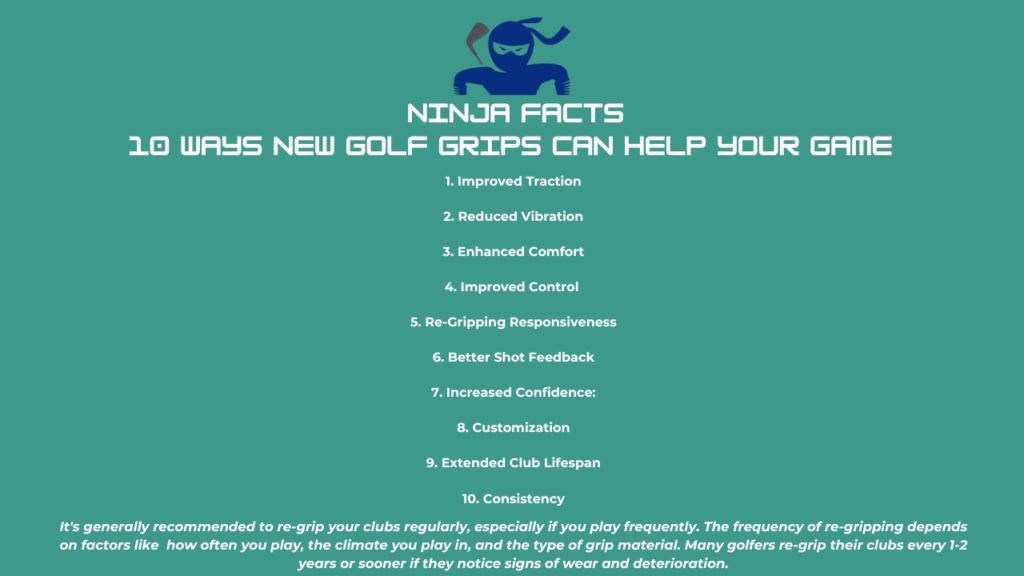
Frequently Asked Questions
Is it worth it to Regrip your own clubs?
For those willing to invest a bit of time in learning, it’s definitely worth regripping your own clubs. Doing so can help save a large chunk of money in comparison to paying for replacement at a golf club or pro shop. Regripping your own clubs is a relatively simple process that requires only a few basic tools. You’ll need a vise, a utility knife, a solvent, and a new grip. With these
How to change the grip on a golf club?
To change the grip on a golf club, remove the backing from the tape and smooth out any wrinkles. Use the tape overhang to cover the open end of the shaft and place a pan or garbage can under the grip. Secure it firmly and evenly, then use a water bottle to squeeze a generous amount of water inside the tip of the grip. Once the grip is secure, use a towel to dry off any excess water. Then, use a pair of scissors to trim off the excess tape. Finally, use a golf club grip tool
How often should I replace my golf club grips?
It’s recommended that you replace your golf club grips every 40 to 60 rounds of play, depending on the amount of use and wear.
What tools and materials are needed for regripping golf clubs?
You’ll need a utility knife, hook blade, vice, grip tape, double-sided tape, grip solvent, and new golf club grips to regrip your clubs quickly and easily!
How long should I wait for the new grip to dry before using the club?
Wait at least 12 hours for the new grip to dry before using the club for optimal performance.

